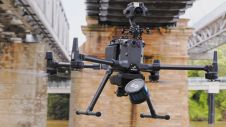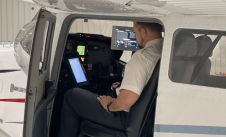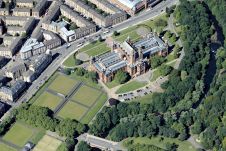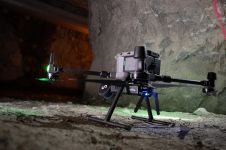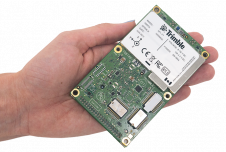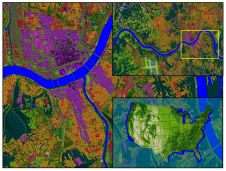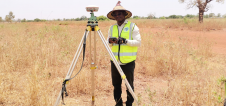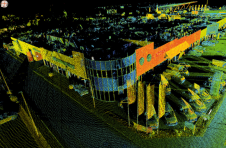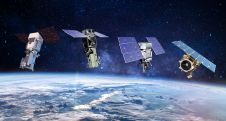Australian Construction Industry Trials New Global Positioning Technology
Construction is the latest of ten industry sectors to see significant improvements through increased safety and also greater productivity from a trial of advanced satellite-based positioning. On behalf of Geoscience Australia, the University of New South Wales and Position Partners recently completed the trial of a satellite-based augmentation system (SBAS) on construction sites in New South Wales and Victoria. Professor Chris Rizos from theUniversity of NSWsaid the trial of positioning technologies that provide an accuracy of 10cm has received encouraging feedback from the five companies involved.
"This was the first time the new-generation positioning technology has been used in construction and we expect uptake to really take off once the test-phase is complete," Professor Rizos said.
"The technology used is a lot like that worn by sports stars on the field - it's worn on workers' hard hats or armbands and also put on the machinery. This information is then fed to the machine and a control room, where an alarm goes off if machinery like excavators or even people are too close to proximity sensors at geo-fenced exclusion areas - likewise, it can tell you when a person is too close to machinery. We trialled this in a busy construction site in Melbourne and found the high accuracy of the information being relayed really helped to improve productivity," Rizos continued.

Knowing where people and machinery are
Position Partners' James Millner said construction is a great industry to test positioning technology, as safety is essential in congested work sites. "An industry profile compiled by Safe Work Australia in 2015 found that of the most common work-related injuries experienced by workers in the construction industry, 31 per cent were from hitting or being hit by an object. Many construction contractors work in close proximity to heavy vehicles and other machinery, so knowing where people and machinery are is essential to ensuring the health and safety of workers."
In December 2016, the Australian Government allocated AU$12 million and the New Zealand Government provided AU$2 million to trial SBAS. Organisations from across the agriculture, aviation, construction, maritime, mining, rail, road, spatial, utilities and consumer sectors were selected to evaluate the effectiveness and application of SBAS. Geoscience Australia's head of positioning Dr John Dawson said the trial is part of a two-year test-bed project, which gathered user requirements for Geoscience Australia to deliver instant, reliable and accurate positioning technology across Australia and New Zealand over the next four years.

"While the test-bed project ends in January 2019, we will then be rolling the technology out to ensure that Australia is a leader globally," Dr Dawson stated. "This latest trial shows that high accuracy positioning has broad uses in the construction industry, especially in making work sites more safe and efficient. The transformational technology also provides opportunities for global innovation and job creation - and the best thing about this is the data is free."
Satellite positioning capability in Australia
As part of the 2018-19 Federal Budget the Australian Government committed AU$224.9 million over the next four years to develop and implement a world-leading satellite positioning capability in Australia.
Of this funding, AU$160.9 million is to deliver an operational SBAS which will provide positioning capabilities to an accuracy of 10cm across all of Australia and its maritime zones by 2020. The remainder will establish the necessary ground and analytics infrastructure to enable data from global constellations of satellites to be tracked, verified and optimised for precise positioning around Australia down to 3-5cm accuracy in areas with mobile coverage.

Make your inbox more interesting.Add some geo.
Keep abreast of news, developments and technological advancement in the geomatics industry.
Sign up for free

